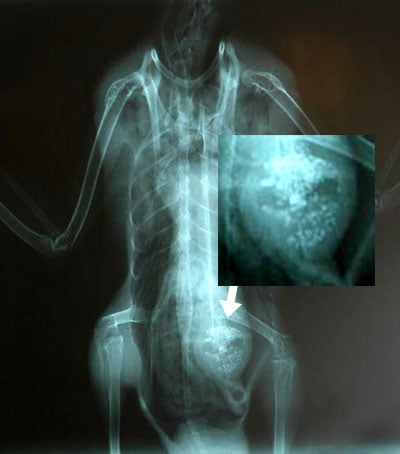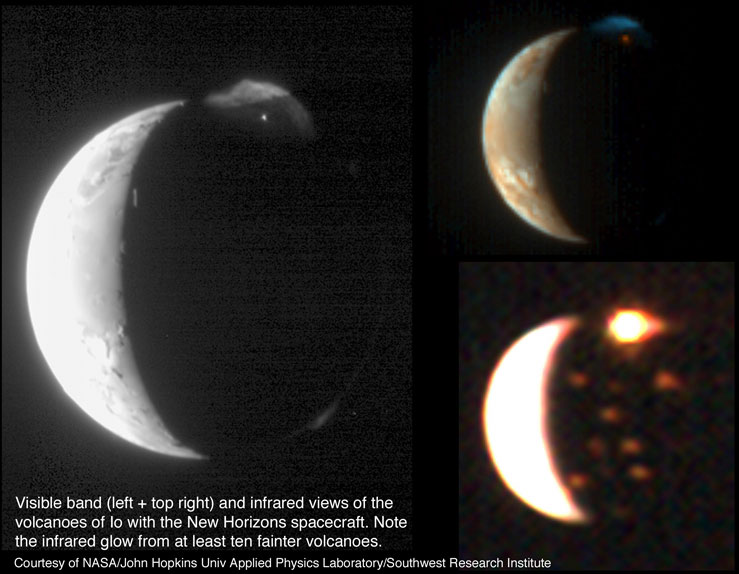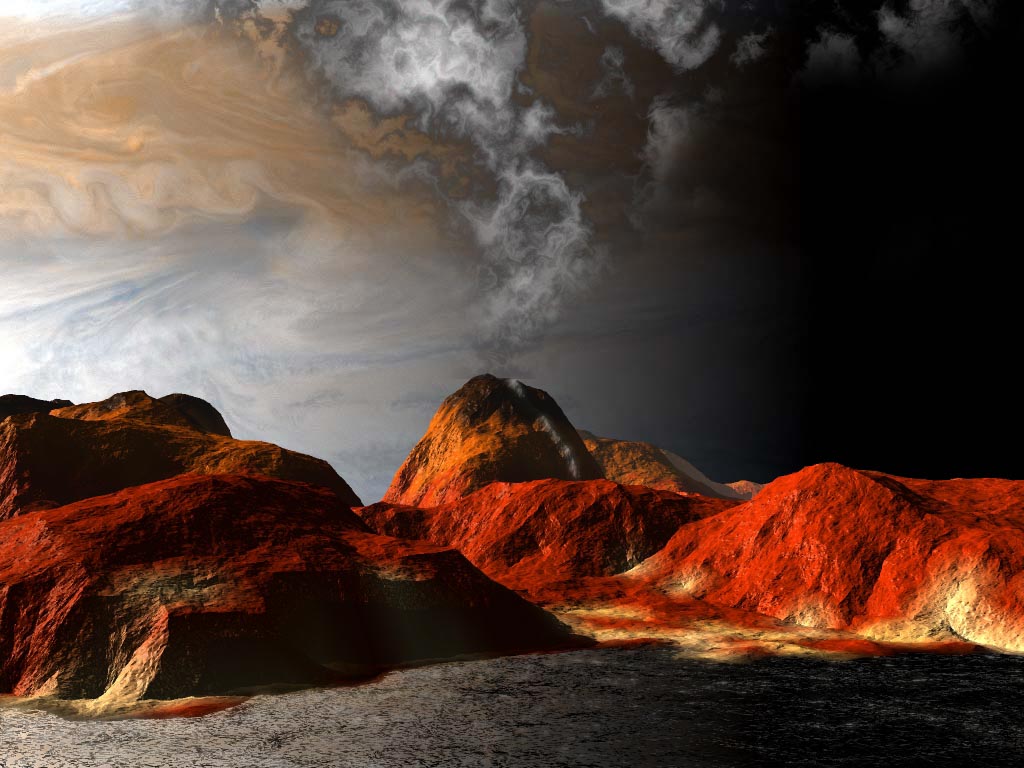

Io has liquid lava. Io has its own magnetic field. There is no oxygen on Io. There can't life on Io unless it's filled with Fire Aliens or Dragons, which i doubt it'll exist.
Mars is located next to Earth. It has been shown there has been oxygen. On Earth, wherever there's water, scientists find life; deep underground, under rocks in Antarctica, or inside nuclear reactor tanks. Life always finds a way. And so, the search for life on Mars will involve the search for water.
I think Mars has the highest possibility of life being on it.
Extra : Earth : The moon does not have any liquid water because of the extreme temperatures. Any liquid water exposed to sunlight on the moon evaporates instantly and escapes into space. Any water left in the shadows of craters are turned into ice. This leaves us with no liquid water left.













